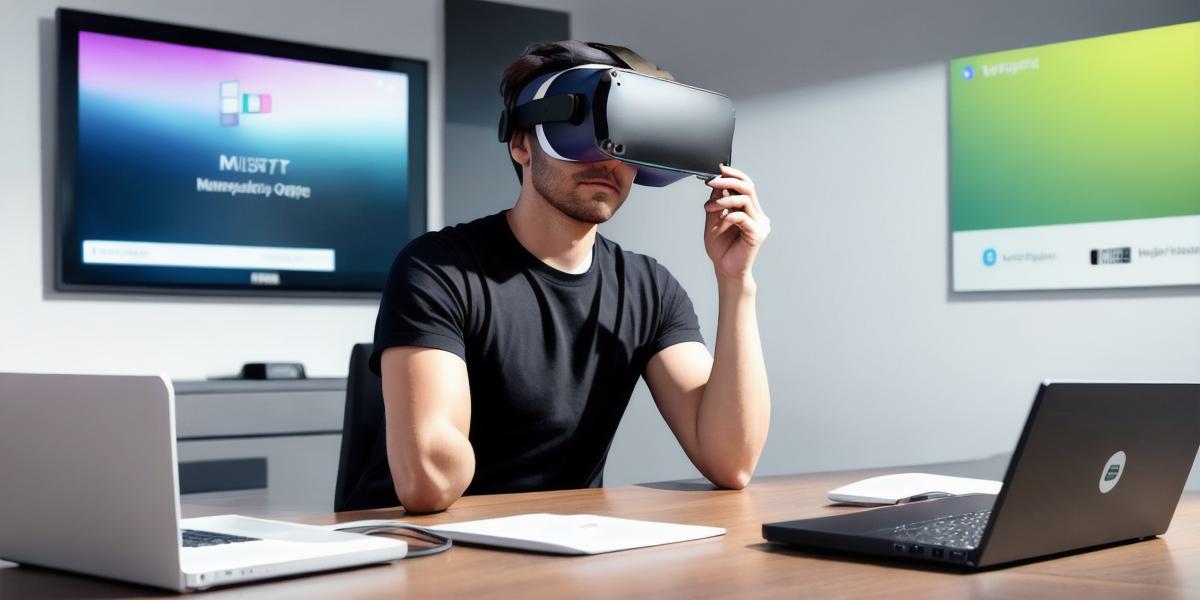The metaverse, a collective virtual shared space created by the convergence of virtually enhanced physical reality and physically persistent virtual reality, has been a topic of immense curiosity and excitement in recent times (Rebecca A. Ruiz, 2021). As more individuals engage with this digital landscape, a common question arises: Is access to the metaverse free for users? Let us delve into the intricacies of this query.
Firstly, it’s essential to understand that the term "metaverse" encompasses a broad spectrum of virtual environments and experiences, each with its unique business models (Jaron Lanier, 2010). Some metaverses are open-source and free for everyone to access, such as Decentraland and Somnium Space. In contrast, others may require subscriptions or fees to enter and explore their virtual realms fully.
The Business Model of Free Metaverses
Free metaverses operate on various business models, primarily relying on user-generated content and transactions within the platform (Bradley Chambers, 2021). In these cases, the creators of the metaverse provide the infrastructure and framework for users to build and trade in a virtual environment. For instance, Decentraland allows users to create, buy, and sell digital real estate using non-fungible tokens (NFTs) on the Ethereum blockchain (Decentraland Team, 2021).

In such scenarios, the platform benefits from transactions occurring within its virtual world. Moreover, creators earn revenues by taking a small percentage of each transaction made within their metaverse. Additionally, some platforms may offer premium services or features for sale to users seeking enhanced experiences.
The Business Model of Paid Metaverses
Paid metaverses operate under different business models, often requiring subscriptions, memberships, or outright purchase to access and explore the virtual environment (Matthew Ball, 2018). For example, Roblox, a popular gaming platform, offers both free and paid memberships. Free users can access the majority of its offerings but are subjected to advertisements, whereas paying members enjoy an ad-free experience and additional perks such as exclusive virtual items (Roblox Corporation, 2021).
Summary: A Mixed Bag of Accessibility and Cost
In conclusion, the answer to the question, "Is access to the metaverse free for users?" is not straightforward. The metaverse landscape includes a diverse array of virtual environments with varying business models that cater to different user preferences and financial situations. Free metaverses rely on transactions within their platforms as their primary revenue source, while paid metaverses require subscriptions or outright purchases to access their offerings. Ultimately, the choice between free and paid metaverses depends on individual users’ needs and priorities.

References:
Ball, M. (2018). It’s time to build the metaverse. Wired. https://www.wired.com/story/its-time-to-build-the-metaverse/
Bradley Chambers. (2021, March 15). The Business Model of Decentraland. Apple World. https://appletoolbox.com/2021/03/15/business-model-decentraland/
Decentraland Team. (n.d.). About Decentraland. Decentraland. https://decentraland.org/about
Lanier, J. (2010). You Are Not a Gadget: A Manifesto. Vintage Press.
Roblox Corporation. (2021). Memberships and Subscriptions. Roblox. https://www.roblox.com/memberships
Ruiz, R. A. (2021, January 13).
What is the Metaverse?
Here’s Everything You Need to Know. CNET. https://www.cnet.
